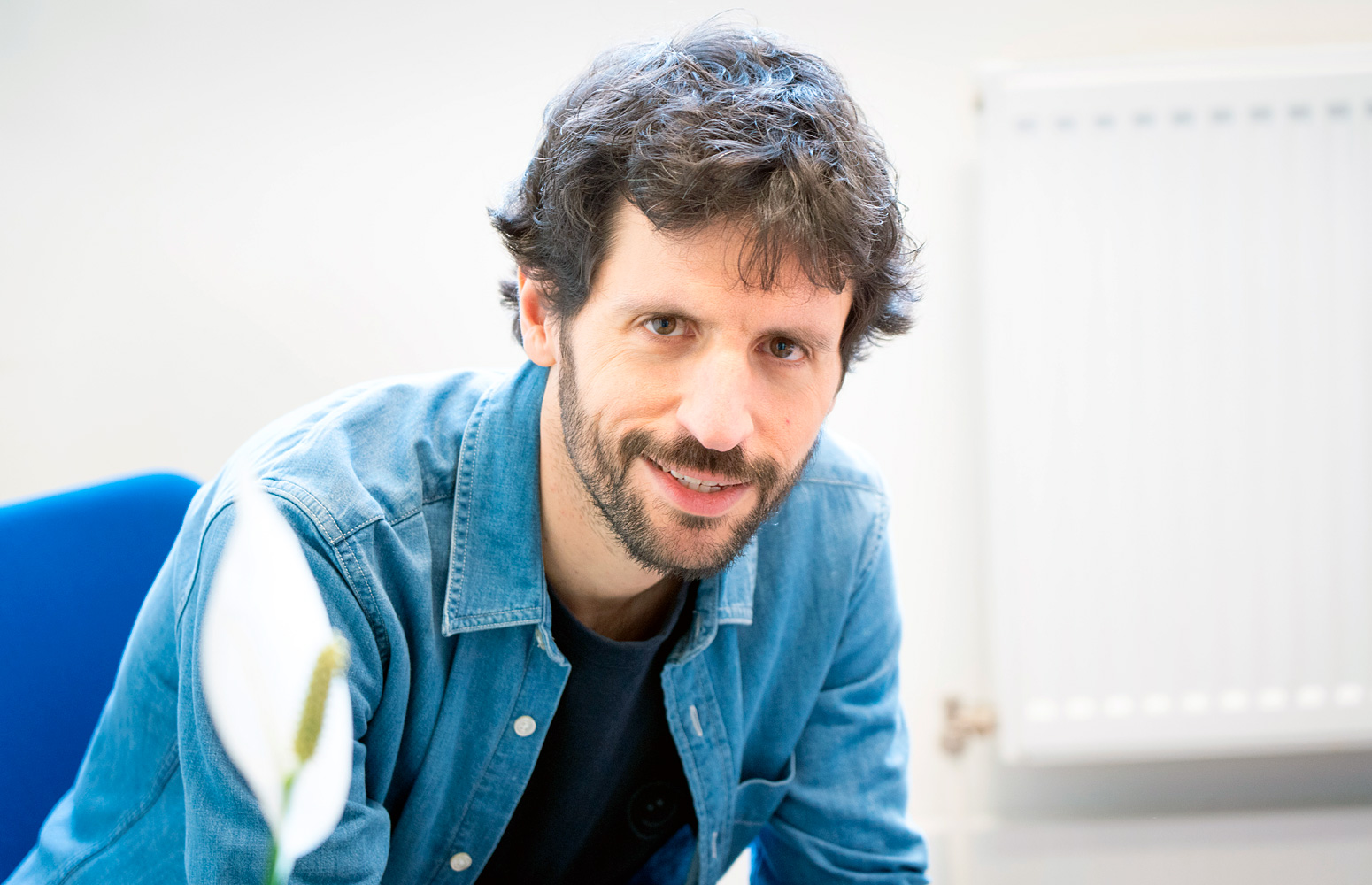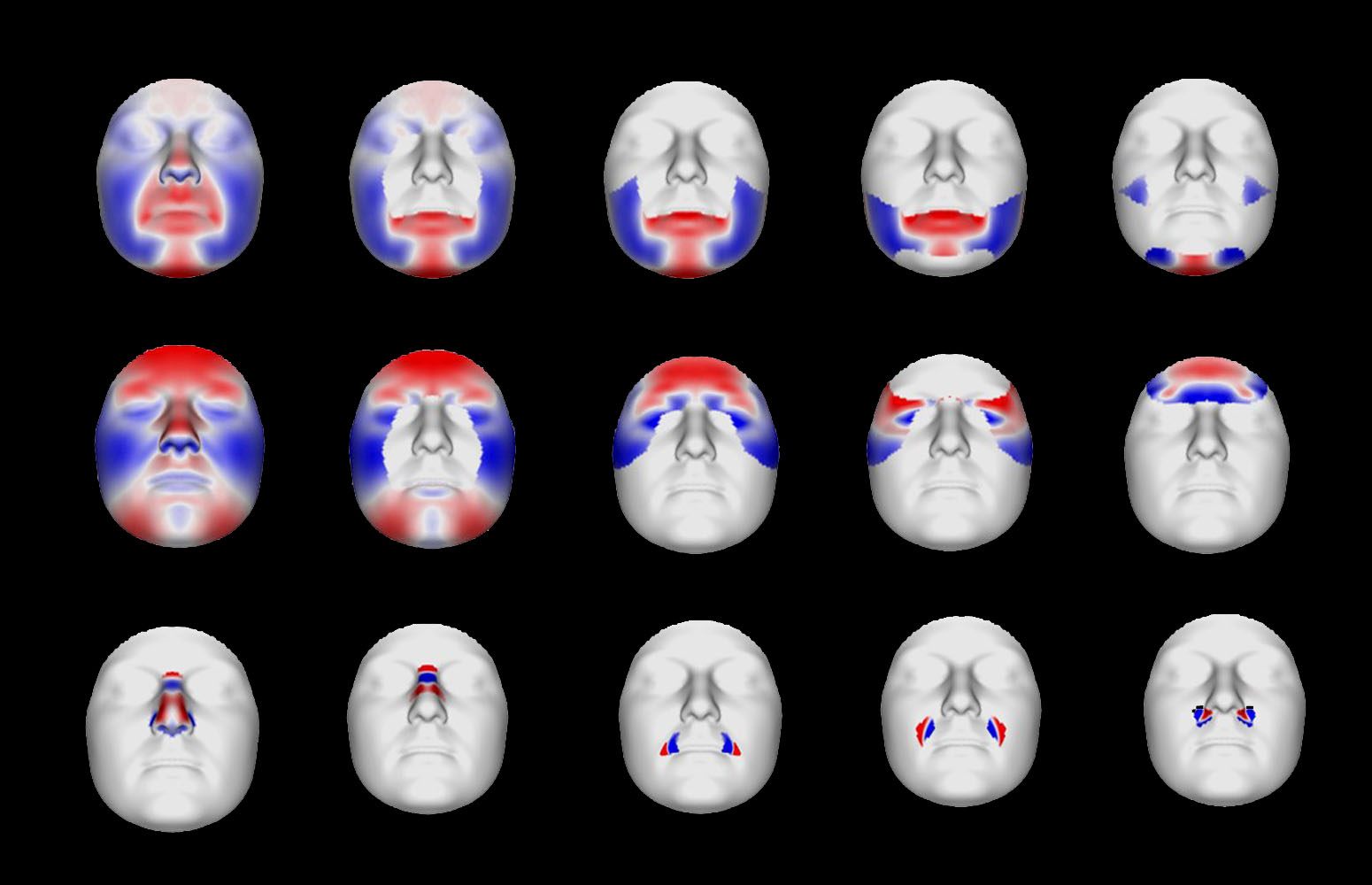A study co-directed by Jon Terés-Zubiaga, a lecturer and researcher at the UPV/EHU's Faculty of Engineering - Bilbao, has developed a methodology to analyse energy vulnerability by using public information. It enables geographical areas that could be susceptible to energy poverty to be detected, and provides information on the impact of gender on energy vulnerability in each area.
Research using publicly available data identifies the geographical distribution of fuel poverty according to gender
A methodology has been developed to facilitate the mainstreaming of the gender perspective into policies designed to reduce fuel poverty
- Research
First publication date: 09/05/2024

Tackling energy exclusion is one of today's major challenges, given that it is a phenomenon that affects the health, well-being, social inclusion and quality of life of many people. In the European Union, an estimated 36 million people struggle to meet their basic energy needs, and combating it poses a major challenge for public administrations. The administrations need diagnostic tools that will allow them to find out how energy poverty is distributed geographically and how it affects different groups, since energy vulnerability varies according to demographic and socio-economic characteristics.
One example of this is gender. Studies have shown that women are more susceptible than men when it comes to difficulties in accessing energy. So to make policies designed to reduce energy vulnerability gender-sensitive, tools are needed to assess the impact of gender on the different factors affecting energy access (age, employment status, number of parents in the family, etc.).
So to contribute towards tackling this task, the Department of Energy Engineering of the University of the Basque Country (UPV/EHU) has explored “the potential of publicly available demographic and socio-economic data to identify the spatial distribution of fuel poverty in a given area”, explained Jon Terés-Zubiaga, a researcher on the project. These are data available in publicly accessible databases, such as municipal statistics, land registers or data obtained through surveys carried out by autonomous community and national statistics bodies.
Together with the Eduardo Torroja Institute for Construction Science and the University of Mons (Belgium), this study has succeeded in developing a methodology that takes advantage of public geographical data collected in a disaggregated manner. In other words, information is presented separately on women and men. This has led to the creation of a method that is capable of locating the most energy-vulnerable areas, indicating specifically how women and men are affected. So the administrations responsible for adopting measures to reduce fuel poverty could use it to get a more site-specific picture and design more effective policies and support.
The UPV/EHU lecturer highlights some of the advantages of using publicly available data: “It facilitates the gathering of information, and as the public databases are continuously updated, it allows assessments to be reviewed on a regular basis. This may be of use to an administration that has implemented specific measures relating to energy vulnerability issues to explore whether they are effective.”
Terés-Zubiaga stresses that the method is useful for making a preliminary diagnosis. “It allows an initial approximation to be made and the hot spots of energy vulnerability within an area to be detected. Once the alarm is raised in an area, in order to make a more detailed assessment, the next step would be to analyse the situation using more intensive methods that would in fact enable specific measures to be designed.”
Visual methodology with multiple possibilities
The methodology developed also provides a visual display of the results obtained. It uses geographical information systems and represents data on maps. This makes it possible to identify whether specific spatial patterns or correlations exist within the area analysed. For example, in the study carried out in Madrid, in the south a greater accumulation of vulnerability was observed than in the north. And by studying trends in different areas in more detail, the methodology can help to identify the possible variables driving these scenarios.
Another positive aspect of using publicly available data is that it allows the methodology to be applied in all types of environments. Although the research team has tested the methodology in Madrid, it can in fact be applied in different contexts (urban or rural) and at different scales (neighbourhood, city, province...). It all depends on the needs of those making the assessments.
Finally, it is worth pointing out that the methodology is able to cross-check the results obtained with previous evaluations, thus making it possible to check whether or not the conclusions vary when gender analysis is mainstreamed.
Additional information
This work was developed within the framework of the Erasmus Mundus Master's Degree in Smart Cities and Communities (SMACCs), a degree course in which Jon Terés-Zubiaga, a doctor of the Faculty of Engineering - Bilbao, lectures. It constitutes the end of Master’s dissertation of Nayely B. Capetillo-Ordaz.
Bibliographic reference
- Inclusivity in urban energy transitions: A methodological approach for mapping gendered energy vulnerability
- Energy Research & Social Science
- DOI: 10.1016/j.erss.2024.103426





